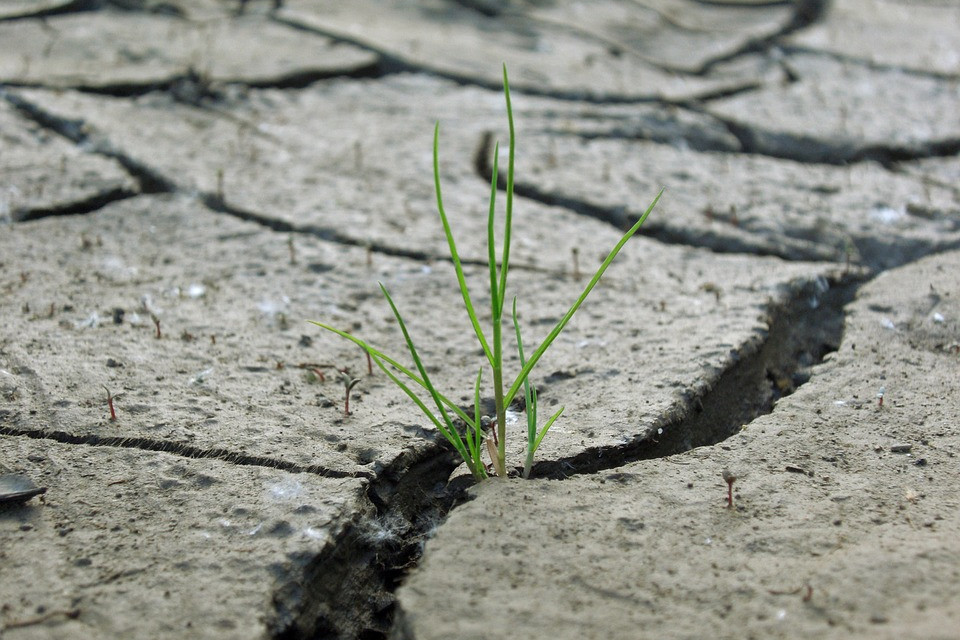
In recent years and since the start of the decline in numbers of the distribution of the printed press, there have been those who have predicted the end of the press on paper. The same Nicholas Negroponte, founder of MIT Media Lab, ventured to point out that 2015 would be the year that print newspapers would disappear. Despite not hitting the specified date, this is in any case a fundamental prediction with regards to the economic crisis that has shaken the industry in recent years. It adds to a process of evolution in consumption and access to information content that jeopardizes the survival of the print media in its traditional conception.
The emergence of the Internet and the World Wide Web precipitated greater openness to public communication that has contributed to the multiplicity of active participants in the distribution of news and the emergence of new players competing for public attention. New social channels have become increasingly common and natural spaces of sharing content including those related to current information. However, "the ways to access information and participate in the media are changing radically with social networks, new digital tools and mobile devices," explains Candela Ollé, lecturer at the Faculty of Information Sciences and Communication of the UOC. Logically, this impacts on traditional models to present and consume the news, which in many cases can now be found open and free, which encourages the user to migrate and check multiple sources for information.
In addition, the current context is characterized, in terms of attention, the reign of the image as opposed to the word. According to Silvia Martinez-Martinez, professor of journalism at the UOC, "we are witnessing a process of evolution in interest in audiovisual content in which photography and video are central elements in the information exchange." This also justifies the rise of live-streaming, among others, that the Reuter Institute predicts in its annual report for 2016. This is the instantaneousness, the immediacy of watching current events live, just as it is happening. This brings the reader to the news event and converts them into a witness to the event.
Following the demand for in-depth reporting
The constant updating, together with portability options and improved connectivity, encourages the creation of what has come to be known as mobile journalism. This is a new way of working and distributing news based on the use of mobile, satellite Internet access, growing among the younger audience. "It is precisely this change of habits in consumption of content and the need to bring new generations current information, have an impact on the productive routines of conventional means. In this case, daily newspapers, in addition to publishing their digital editions, incorporate new forms of content distribution. On one hand, expanding its presence in social networks and on the other, incorporating into their strategies, more or less decisively, the culture of mobile first. Even both trends are combined in practices such as those offered, for example, by Instant Articles Facebook editors of media and with which, among others, major newspapers reference as in the case of The New York Times or The Guardian have experimented, says professor Martínez-Martínez.







